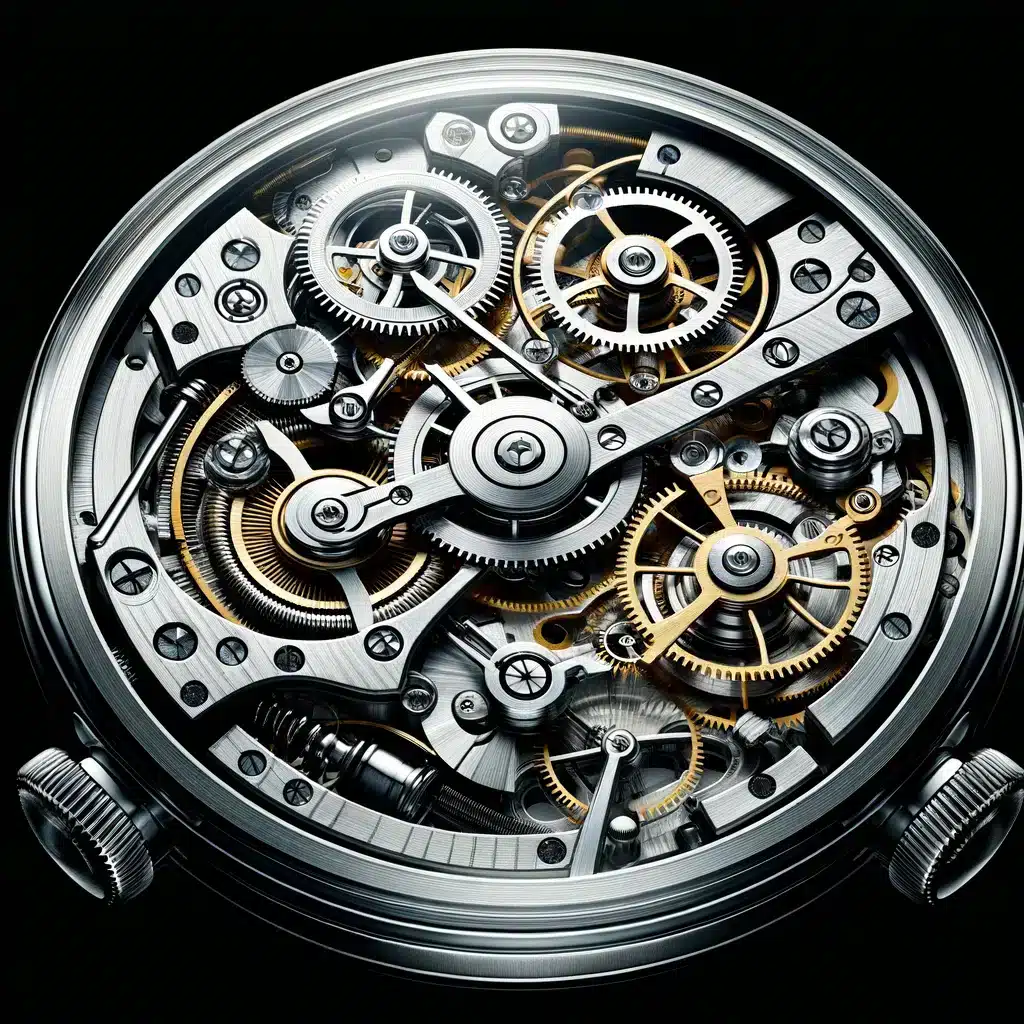A Comparative Analysis of Replica Watches and Authentic Models
The world of watches is vast and diverse, ranging from intricate luxury timepieces to affordable replicas. When comparing replica watches to authentic models, several factors come into play, including craftsmanship, quality, price, and brand perception. Authentic watches, especially those produced by renowned brands, are synonymous with quality and precision. Brands like Rolex, Omega, and Patek Philippe have built their reputations over decades, if not centuries, based on meticulous craftsmanship and innovative design. Each authentic piece often features high-quality materials such as stainless steel, gold, and sapphire crystals, alongside intricate movements that can take months or even years to develop. The attention to detail in an authentic watch is unparalleled, as these brands invest heavily in research and development to ensure their timepieces not only tell time accurately but also serve as symbols of status and sophistication. Additionally, owning an authentic watch often comes with a sense of pride and belonging to an elite group of enthusiasts who appreciate the art of horology.

In stark contrast, Luxe Replica Watches, often created as imitations of luxury models, cater to a different market. While some replicas are crafted with a decent level of detail, they often lack the precision and durability of their authentic counterparts. Most replicas are produced using cheaper materials, which can compromise their longevity and overall appearance. The movements in these watches are typically quartz or lower-grade mechanical systems, resulting in less accurate timekeeping. Furthermore, while high-quality replicas may superficially resemble luxury models, they often miss out on the nuances that make authentic watches stand out, such as unique features, brand heritage, and limited edition runs. Price is another significant factor in the comparative analysis. Authentic luxury watches can range from several thousand to millions of dollars, making them a substantial investment. The high price tag is often justified by the quality, craftsmanship, and the brand’s historical significance. For many, purchasing an authentic watch is akin to acquiring a piece of art or a valuable asset that can appreciate over time.
On the other hand, replicas are marketed at a fraction of the cost, making them more accessible to the average consumer. This affordability is a primary reason many individuals opt for replicas, as they offer the visual appeal of luxury without the financial burden. However, this comes at the cost of quality and durability, as replicas may require frequent replacements. Brand perception also plays a crucial role in the decision-making process. Authentic watches are seen as status symbols, often associated with success and wealth. Wearing a genuine luxury watch can convey a sense of achievement and class, influencing how individuals are perceived in both personal and professional contexts. In contrast, wearing a replica may carry a stigma, as some individuals view it as inauthentic or a mere imitation. This perception can affect social interactions, with some people preferring to invest in quality over quantity, even if it means saving longer for an authentic piece. In conclusion, the choice between replica watches and authentic models ultimately depends on individual preferences, values, and circumstances.
Categories
Get more stuff
Subscribe to our mailing list and get interesting stuff and updates to your email inbox.
Thank you for subscribing.
Something went wrong.
we respect your privacy and take protecting it seriously